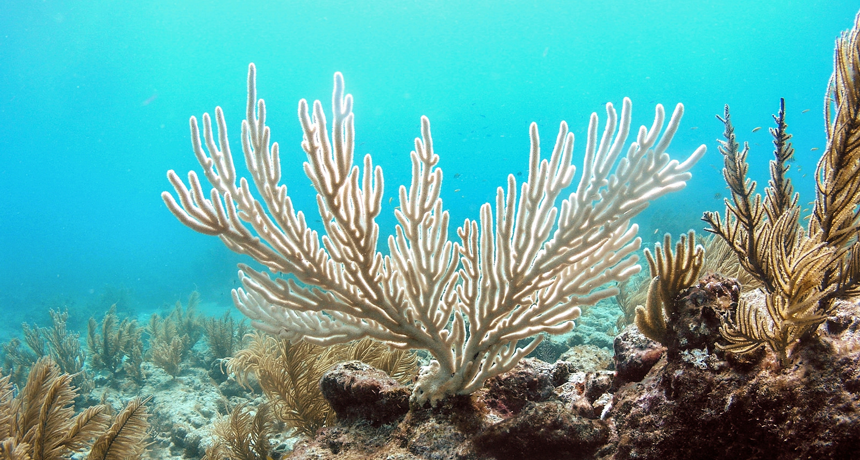Questions for ‘Creative ways to help coral reefs recover’

When corals become stressed, they expel their algae and turn white.
U.S. Geological Survey/Flickr

When corals become stressed, they expel their algae and turn white.
U.S. Geological Survey/Flickr